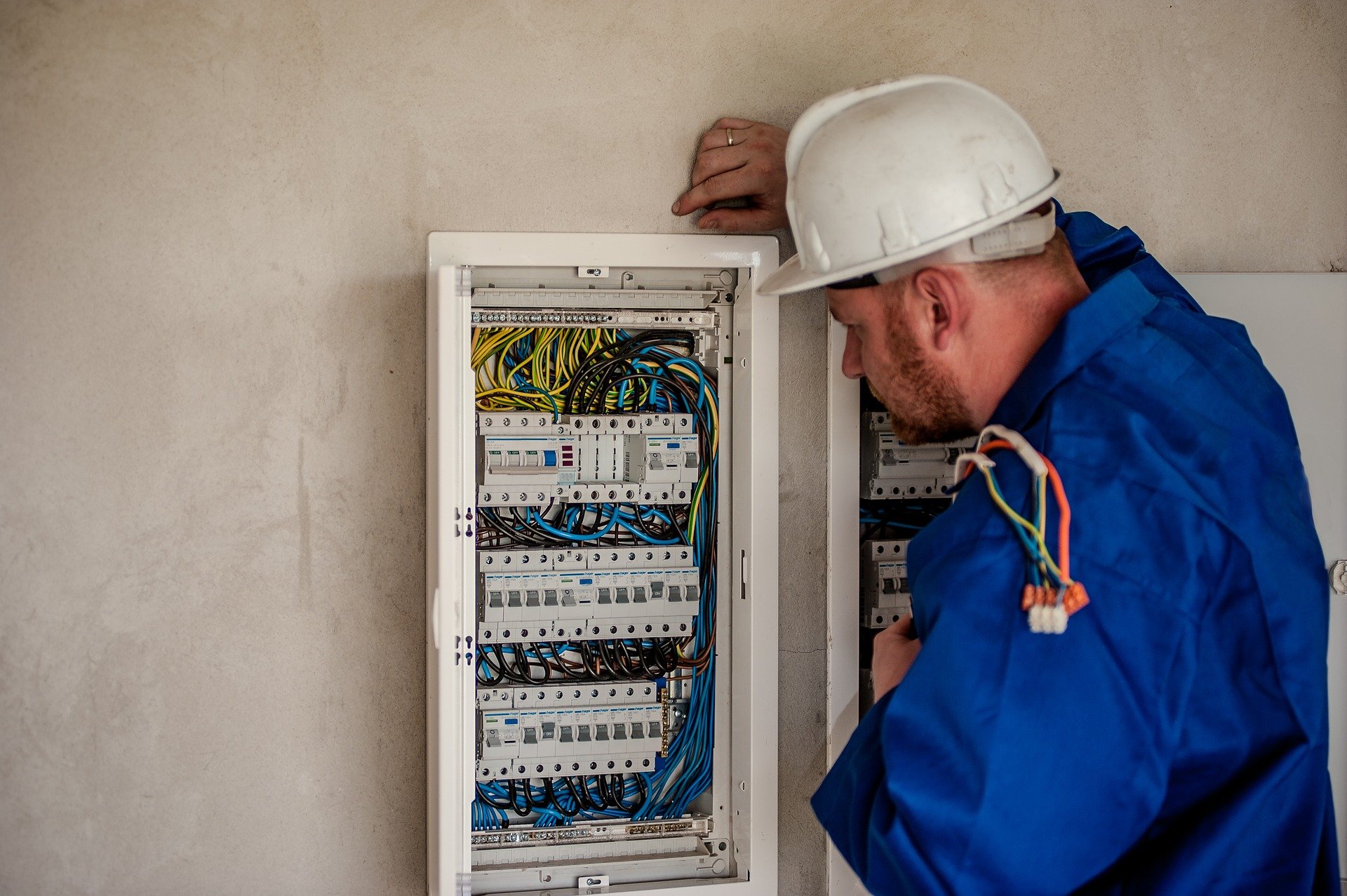experience Electrician
Error checking in circuit boards is a crucial process in the electronics industry, aimed at ensuring the reliability and functionality of electronic devices. Electrical engineers use various techniques to identify and rectify errors, including visual inspection, automated optical inspection (AOI), and electrical testing. Visual inspection involves examining the circuit board for physical defects such as soldering issues, component misplacement, and trace damage. AOI uses advanced imaging technology to detect subtle errors that might be missed by the human eye, providing a more thorough inspection.
Once the visual and optical inspections are complete, electrical engineers perform electrical testing to verify the functionality of the circuit board. This process includes continuity testing to ensure that electrical connections are intact, and in-circuit testing (ICT) to check for shorts, opens, and component values. Functional testing is also conducted to simulate the operational environment of the circuit board, ensuring that it performs as expected under real-world conditions. These tests help in identifying any discrepancies that could affect the performance and reliability of the device.
After identifying the errors, electrical engineers proceed with the troubleshooting and rectification process. This involves reworking the solder joints, replacing faulty components, and repairing damaged traces. Engineers use specialized tools and equipment to carry out these tasks with precision, ensuring that the circuit board meets the required standards. Regular error checking and maintenance not only enhance the performance of electronic devices but also extend their lifespan, making error checking an indispensable part of the electronics manufacturing process.
